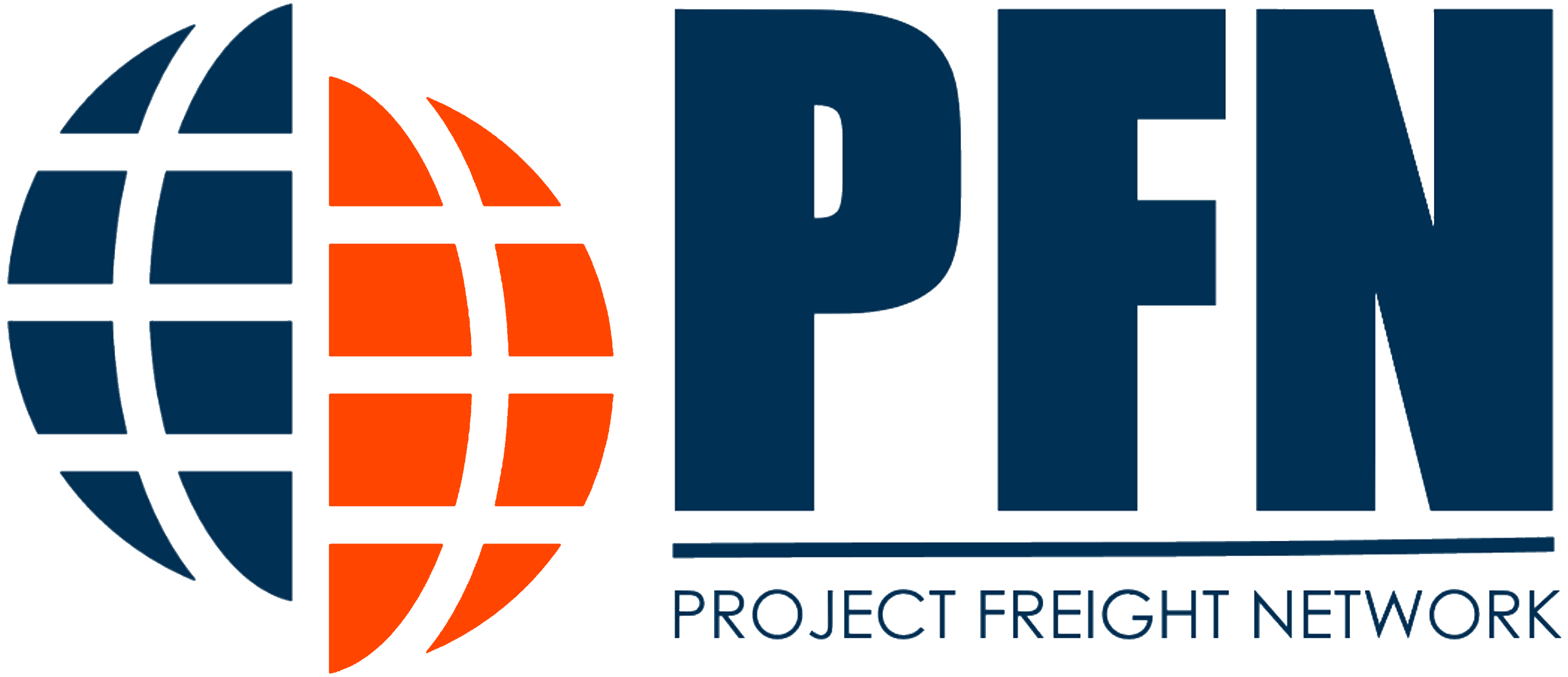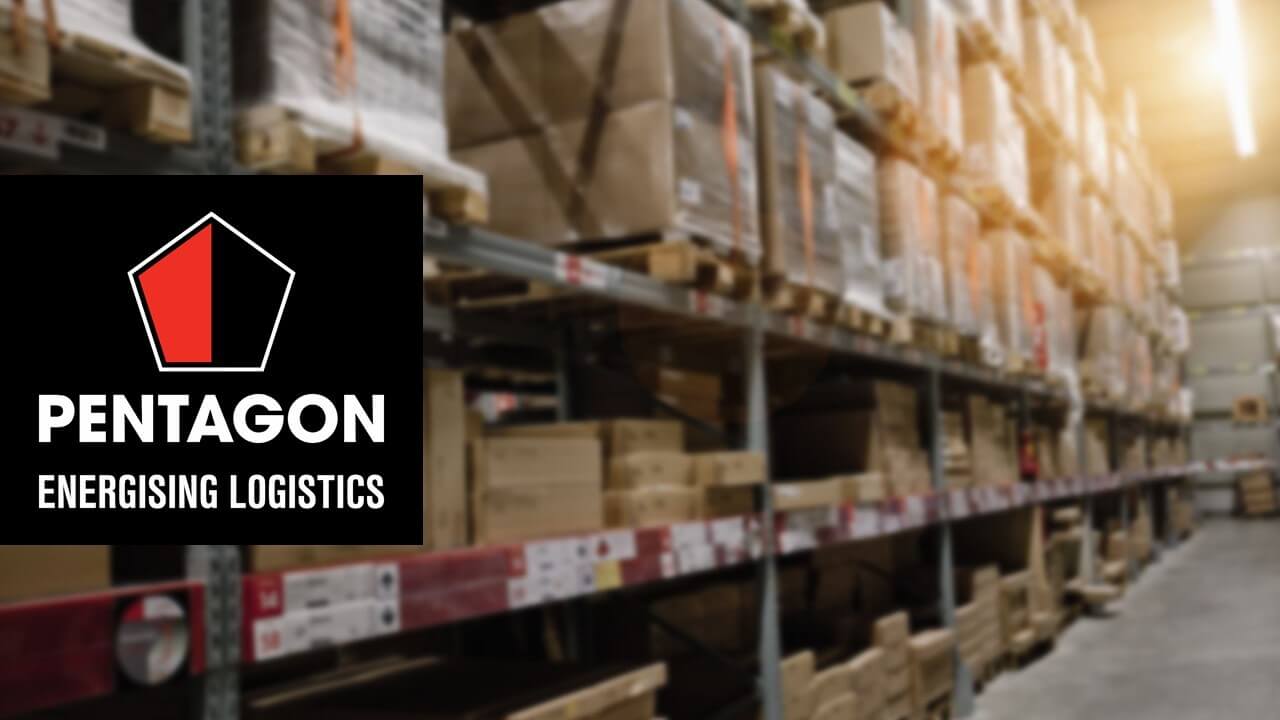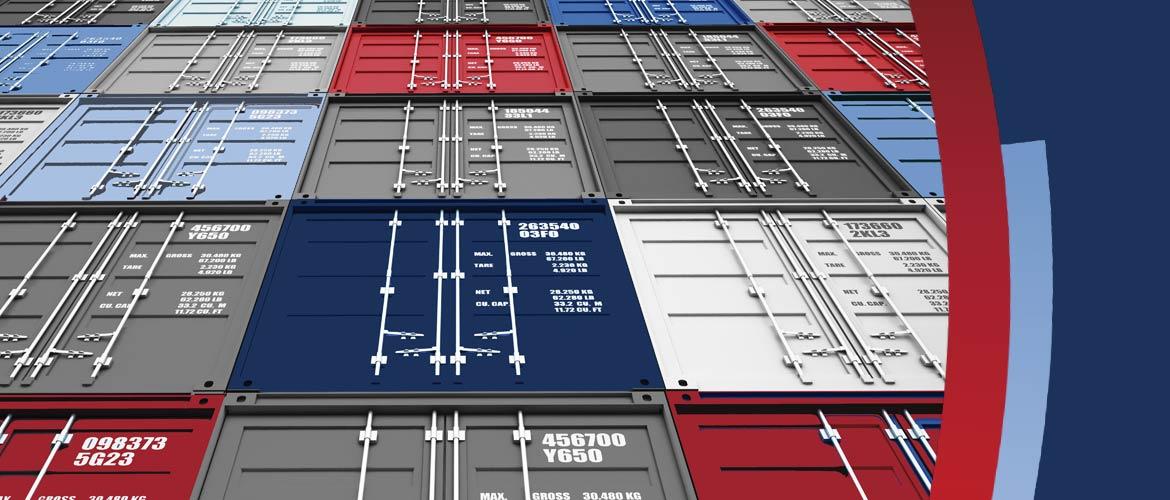We understand that sustainability is a critical issue for many companies in the logistics industry, but did you know that almost half of major logistics companies fail to measure their emissions? According to a new survey, this is a significant issue that needs to be addressed urgently. PFN members are not cleared from this, eventhough they are project freight forwarders. We all get to deal with this in the near future, and it can be a problem.
In this article, we will discuss the importance of measuring emissions in the [project] logistics industry, the consequences of failing to do so, and the benefits of adopting sustainable practices. We will also provide a few practical tips on how to measure and reduce emissions, so you can take the necessary steps to become a leader in sustainable logistics.
Why Measuring Emissions Is Critical for Logistics Companies
Measuring emissions is critical for logistics companies for several reasons. Firstly, it allows them to identify their carbon footprint and take the necessary steps to reduce it. Secondly, measuring emissions helps companies comply with local and international regulations on emissions reporting. Thirdly, it helps companies to manage their reputation and meet the expectations of customers and stakeholders who are increasingly demanding sustainable and ethical business practices.
Consequences of Failing to Measure Emissions
Failing to measure emissions can have serious consequences for logistics service providers. It can lead to fines and legal penalties for non-compliance with local and international regulations. It can also damage a company’s reputation and cause them to lose customers who are increasingly demanding sustainable and ethical business practices. Moreover, failing to measure emissions can result in missed opportunities for cost savings and efficiency gains that can be achieved by adopting sustainable practices.
Practical Tips on How to Measure and Reduce Emissions
Measuring and reducing emissions can be a daunting task for project ogistics service providers. However, there are several practical steps that companies can take to get started:
- Conduct an emissions audit: This will help you identify your company’s carbon footprint and areas where emissions can be reduced.
- Set emissions reduction targets: This will help you focus your efforts and track your progress over time.
- Adopt sustainable practices: This can include using alternative fuels and transportation modes, improving vehicle and route efficiency, and implementing energy-saving measures in facilities.
- Collaborate with carriers and customers: This can help you reduce emissions across your supply chain and create a more sustainable business ecosystem.
- Monitor and report on progress: This will help you identify areas where you need to improve and demonstrate your commitment to sustainable business practices to stakeholders.
Measuring emissions is critical for project logistics companies that want to become leaders in sustainable business practices. By measuring and reducing emissions, companies can comply with regulations, improve their reputation, and achieve cost savings and efficiency gains. To get started on this journey, companies can conduct an emissions audit, set emissions reduction targets, adopt sustainable practices, collaborate with suppliers and customers, and monitor and report on progress. By taking these steps, logistics companies can become pioneers in sustainable logistics and contribute to a more sustainable future for all.






